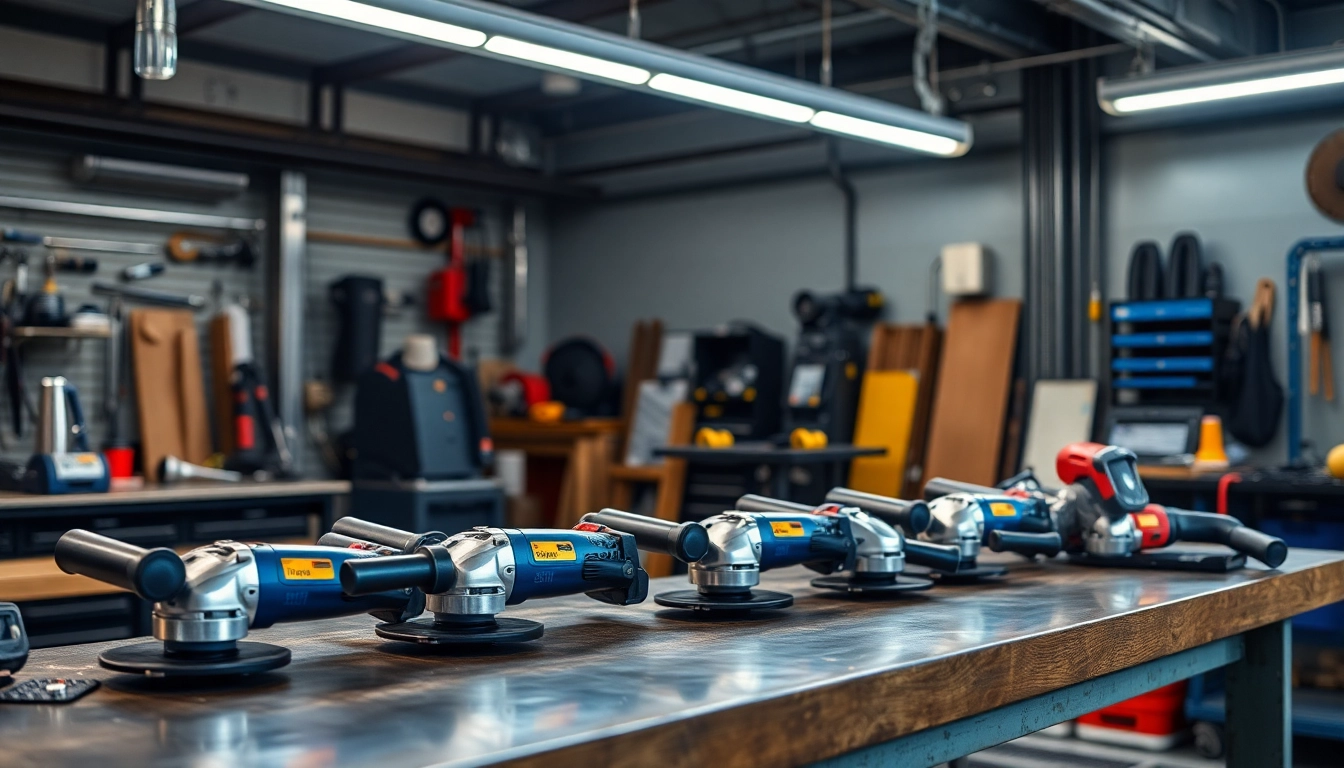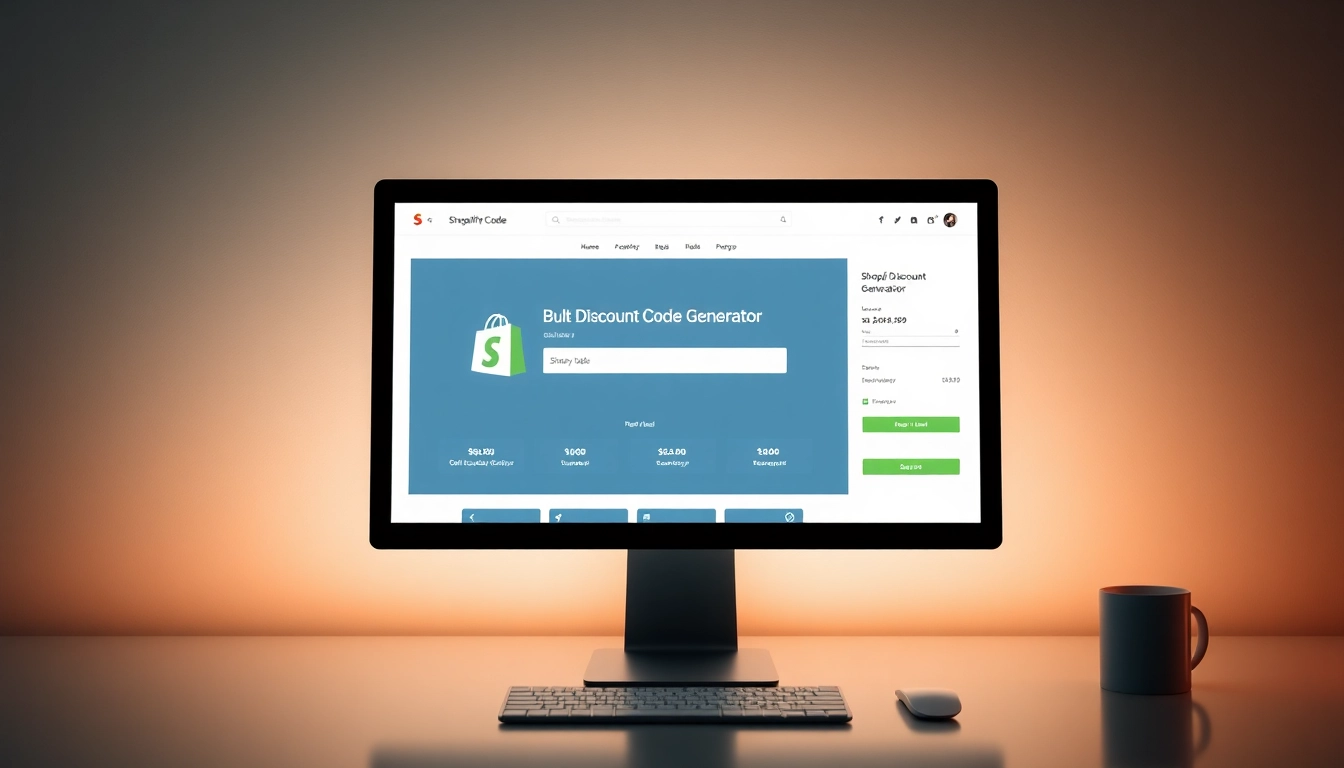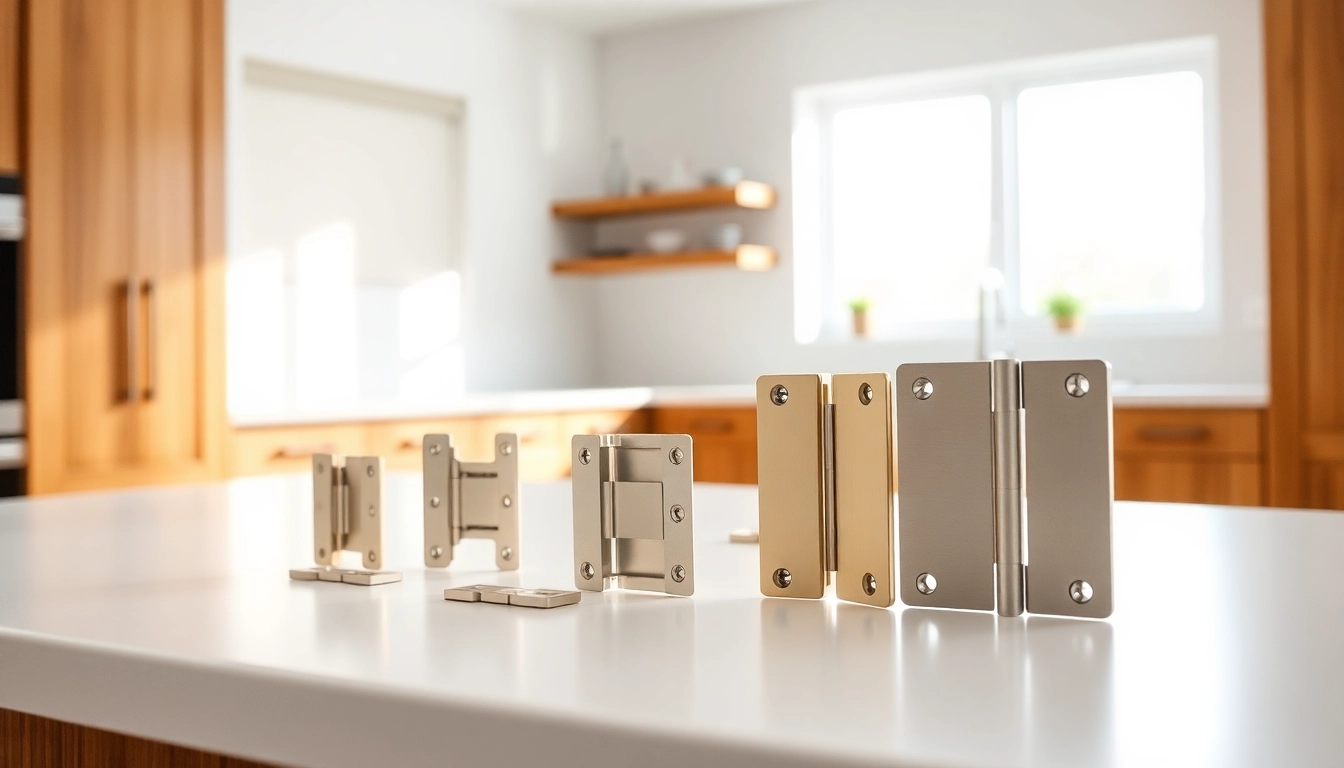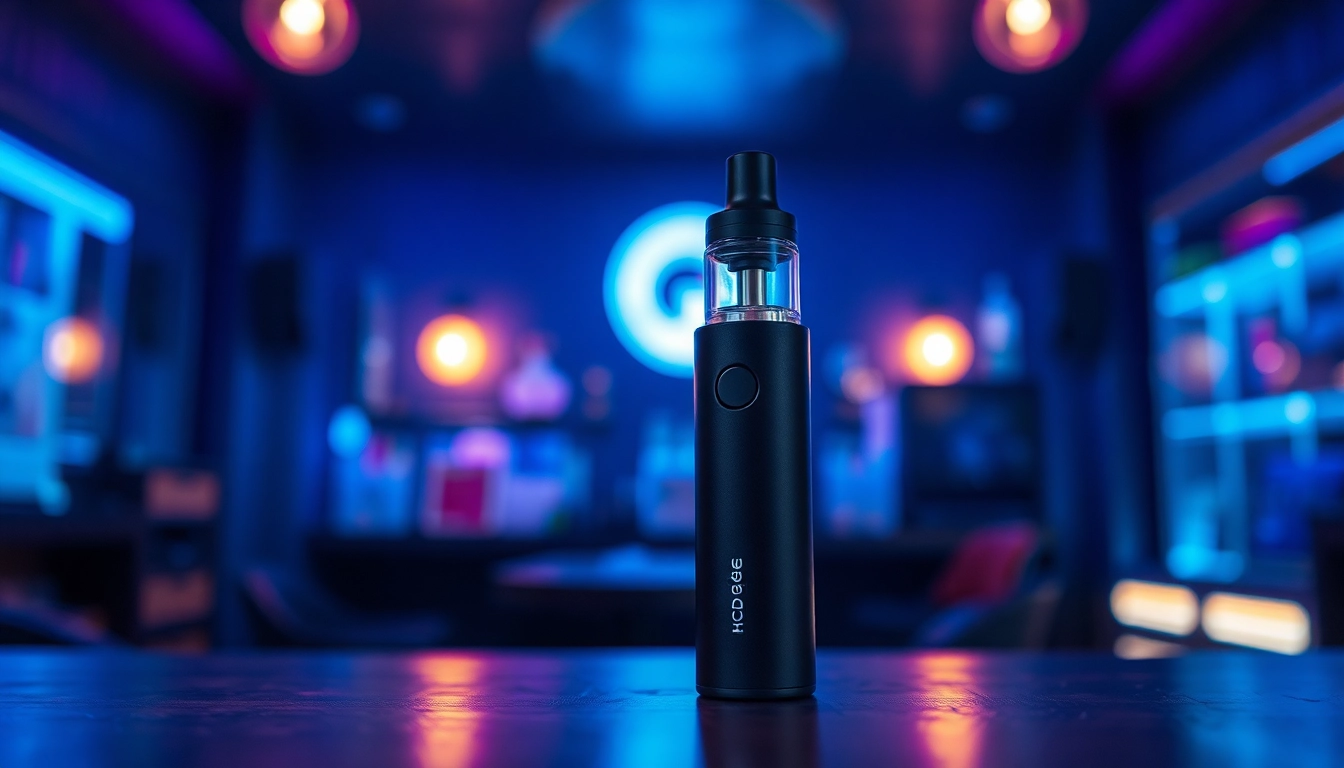Understanding Angle Grinders
What is an Angle Grinder?
An angle grinder, often referred to as a side grinder or disc grinder, is a versatile handheld power tool designed for grinding, cutting, and polishing a variety of materials. Commonly powered by electricity or batteries, angle grinders allow users to utilize a range of discs, making them an essential tool in both professional workshops and home improvement projects. These tools can handle cutting through metal, stone, tiles, and more, making them ideal for construction, plumbing, and metalworking tasks.
Common Uses of Angle Grinders
Angle grinders are incredibly versatile tools that can be used for an extensive range of applications:
- Grinding: Removing material from surfaces to achieve a smooth finish.
- Cutting: Slicing through various materials such as metal, tile, and masonry.
- Polishing: Creating a high-gloss finish on surfaces.
- Sharpening: Reshaping and sharpening blades, chisels, and other tools.
- Rust Removal: Utilizing wire brushes and grinding wheels to clean metal surfaces.
- Surface Preparation: Preparing surfaces for painting, welding, or other processes.
With a wide variety of attachments and accessories available, angle grinders can be adapted to specific tasks, enhancing their utility across different projects.
Types of Angle Grinders Available
Angle grinders come in several types, each suited for various applications:
- Handheld Angle Grinders: The most common type, designed for portability and ease of use.
- Corded Angle Grinders: Provides consistent power and is ideal for heavy-duty work where access to power sources is available.
- Cordless Angle Grinders: Utilizes battery power, allowing for greater mobility but often at the cost of continuous power supply.
- Specialty Angle Grinders: Such as those designed for specific materials or tasks, like masonry grinders with specialized wheels.
Key Features to Consider When Choosing Angle Grinders
Power and Performance Ratings
The performance of an angle grinder is heavily influenced by its motor power, measured in amps (for corded models) or volts (for cordless models). Higher power ratings typically equate to the ability to handle more demanding tasks:
- Low Amps (4-5 Amps): Suitable for light-duty applications and smaller projects.
- Medium Amps (7-8 Amps): Ideal for general use and occasional tasks.
- High Amps (10+ Amps): Best for heavy-duty applications and professional-grade work.
Assessing the motor speed, usually in revolutions per minute (RPM), is also crucial. A higher RPM indicates faster cutting speeds, enhancing productivity.
Disc Sizes and Their Impact
Angle grinders come with varying disc sizes, typically ranging from 4.5 to 9 inches. The size impacts both the tool’s performance and its suitability for specific tasks:
- 4.5-inch discs: Commonly used for small tasks and tight spaces.
- 7-inch discs: Offers great cutting depth for larger projects and materials.
- 9-inch discs: Suitable for heavy-duty applications but can be more difficult to maneuver.
Weight and Ergonomics
The weight of an angle grinder affects its ease of use and operator fatigue. Lighter models are more portable and easier to handle, especially for extended periods, while heavier models may provide more stability for tough jobs. Ergonomic features like rubberized grips and adjustable handles can significantly enhance comfort and control, reducing strain during use.
Comparing Corded and Cordless Angle Grinders
Benefits of Corded Models
Corded angle grinders are preferred for their consistent power supply, making them ideal for heavier tasks. Benefits include:
- Unlimited Runtime: No battery to recharge or swap out.
- Higher Power Output: Generally more powerful than cordless models.
- Cost-Effectiveness: Typically less expensive than cordless counterparts.
Advantages of Cordless Angle Grinders
Cordless models offer unmatched convenience and mobility, perfect for jobs where electrical outlets are unavailable. Advantages include:
- Portability: Easy to carry and use anywhere.
- Safety: No cords to manage, reducing the risk of tripping hazards.
- Advanced Technology: Many modern cordless grinders feature brushless motors for improved efficiency and battery life.
Which to Choose Based on Your Needs?
Choosing between corded and cordless angle grinders depends on the nature of your work. If your tasks require high power for long durations and frequent use, corded models are often better. For tasks requiring mobility and where power sockets are scarce, consider a cordless grinder.
Best Angle Grinders on the Market
Top Corded Angle Grinders Reviewed
When considering corded angle grinders, options from reputable brands consistently perform well:
- DeWalt DWE402: Known for its durability and powerful 11-amp motor, making it suitable for various applications.
- Bosch 19714B: Features a safety guard and a powerful 15-amp motor, ideal for heavy-duty cutting tasks.
- Makita 9557PBX1: A versatile 4.5-inch angle grinder with a powerful 7.5-amp motor and a host of safety features.
Best Cordless Angle Grinders for Professionals
For professionals seeking cordless models, consider the following:
- Milwaukee M18 Fuel: Offers a brushless motor for longer run times and higher performance.
- DeWalt DCF885D2: A compact design with 20V lithium-ion batteries providing impressive power.
- Makita XAG04Z: Features a large 18V battery for extensive runtime and quick charging abilities.
Budget-Friendly Options for DIYers
For those on a budget, several angle grinders do not compromise quality:
- Black+Decker BDEG400: A highly rated 4.5-inch grinder, ideal for occasional use.
- Hi-Spec Power Tools 650W: Offers fantastic value with multiple discs included.
- Craftsman CMEG200: A compact and lightweight model perfect for home use.
Tips for Safe and Effective Use of Angle Grinders
Essential Safety Gear to Wear
Safety should always be a priority when using angle grinders. Essential safety gear includes:
- Eye Protection: Safety goggles or a face shield to protect against flying debris.
- Hearing Protection: Earplugs or earmuffs to guard against loud noise levels.
- Respiratory Protection: Masks to filter out dust and debris.
- Protective Clothing: Long sleeves and gloves to shield skin from sparks.
- Non-Slip Footwear: To prevent slips while working.
Common Mistakes to Avoid
When using angle grinders, avoiding common mistakes can prevent injury and extend the lifespan of your tool:
- Neglecting Safety Gear: Always wear the appropriate protective equipment.
- Using the Wrong Disc: Ensure that the disc type is suitable for the material being worked on.
- Overheating the Tool: Allow the tool to rest periodically to prevent overheating.
- Improper Gripping: Use both hands for a secure grip to maintain control.
Maintenance Tips for Longevity
Longevity of your angle grinder hinges on proper maintenance:
- Regular Cleaning: Keep the air vents clear and free from dust.
- Inspect Cables: Check for wear and tear on the power cord regularly.
- Lubricate Moving Parts: Apply appropriate lubricant to ensure smooth operation.
- Store Properly: Keep the grinder in a dry place and store it with protective guards on.



